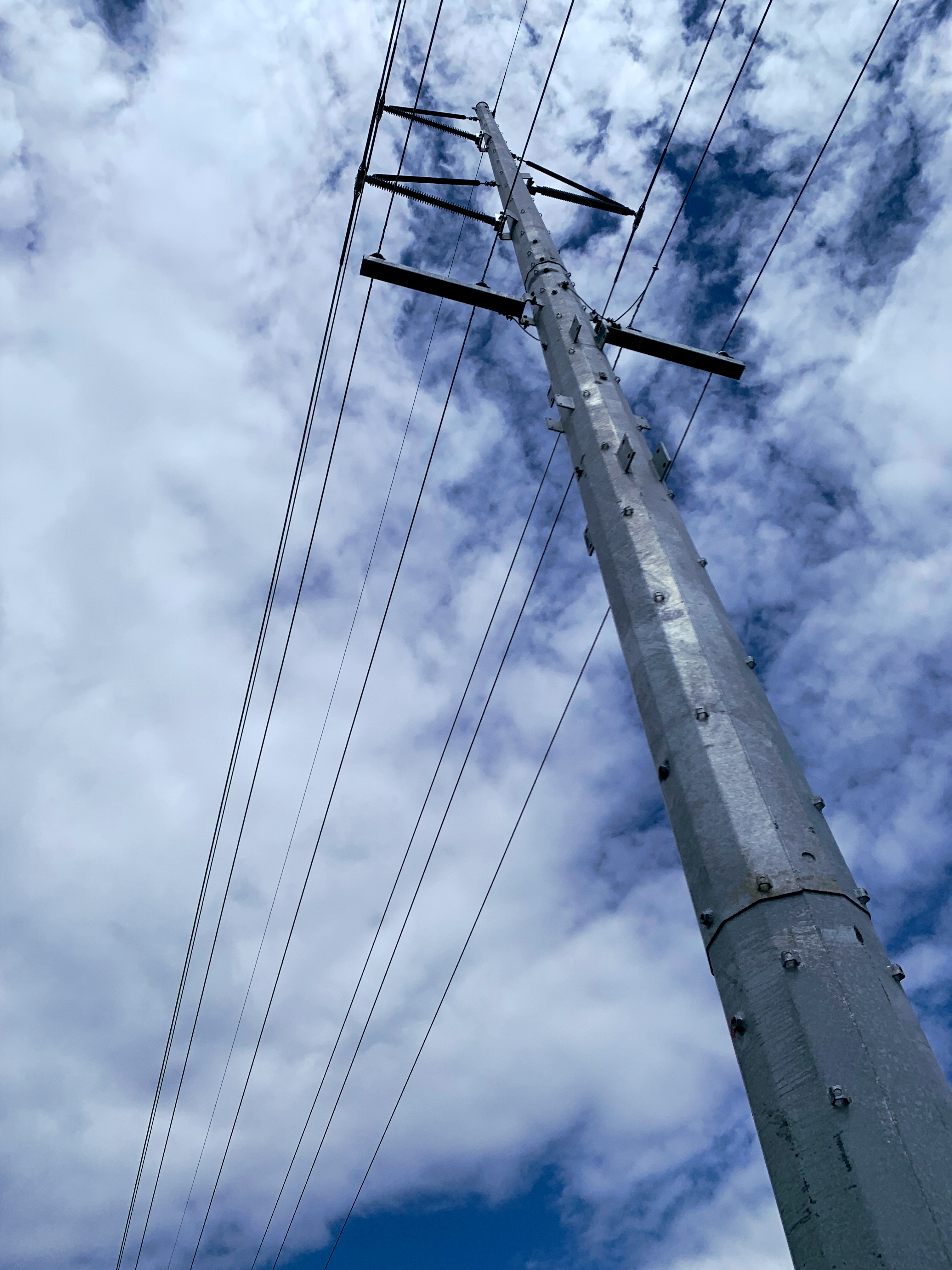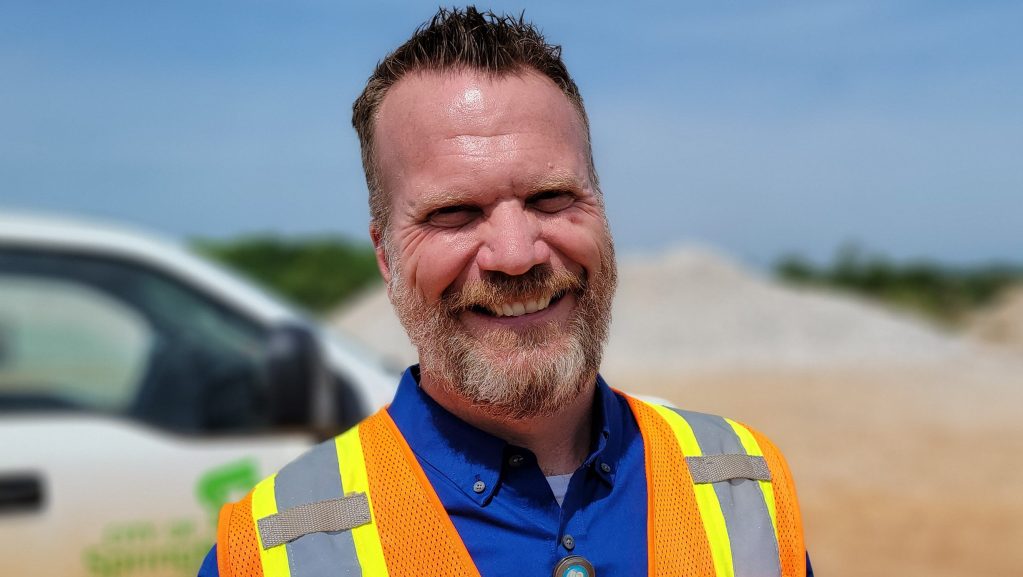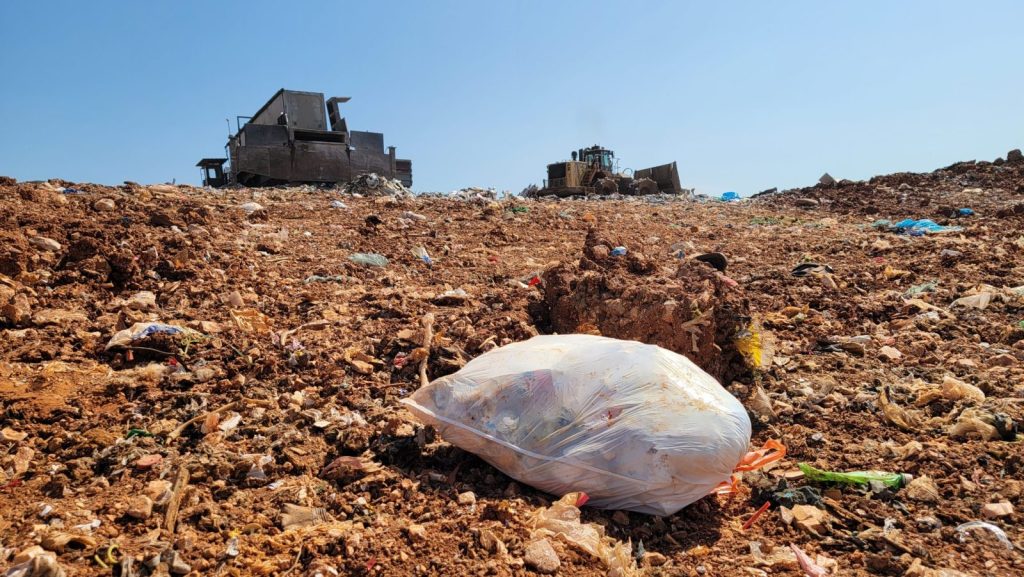Springfield’s effort to turn landfill gas into electricity will get a big power-up.
The biogas recovery system at the Noble Hill Sanitary Landfill is slated for improvements and its largest ever expansion, after the Springfield City Council allocated $16 million to help cut down on greenhouse gas emissions.
The expansion will not only allow the landfill’s continued compliance with the federal Clean Air Act through a 21-fold reduction in greenhouse gas production, but potentially double its power generation. The City of Springfield sells electricity generated at the landfill to City Utilities.
“Our city, our region is known for our environment, our clean air, clean water and having those resources available to not only us as city residents, but the residents of this region and those who visit us,” said Erick Roberts, an assistant director for the city’s Department of Environmental Services. “As a department, one of our primary missions is to provide environmental and economically responsible environmental services to the citizens of our region — so this project is in line with the main mission of what we're doing.”
What is a biogas recovery system?
Underneath strategically built hills of soil, the trash at the Noble Hill Sanitary Landfill undergoes anaerobic decomposition, resulting in the release of biogas. Biogas is primarily composed of methane, along with carbon dioxide, nitrogen and other organic compounds. Environmental Services is required to control those compounds by burning them, reducing the landfill’s greenhouse gas emission potential by 20 to 23 times, according to Roberts.
A series of wells and perforated piping throughout the landfill lead to a blower flare skid, a machine that captures and burns gas and is the “heart of the landfill gas collection system.” The skid compresses and burns the gasses, producing renewable electricity and byproducts such as water vapor and carbon dioxide. While carbon dioxide impacts the environment, methane is considerably more potent.
“It's [a] greatly reduced impact compared to the original form of the landfill gas,” Roberts said.

The city then sells the energy produced through biogas recovery to CU, where it is then used for industrial, commercial and residential customers.
“Recapturing that is very important for the environment and also for the citizens,” Springfield City Council member Abe McGull said at the June 26 City Council meeting.
In addition to the electricity already produced, Roberts said they are exploring other ways to create renewable energy from the biogas recovery system, from supplying natural gas pipelines to heating buildings to powering cars.
“But our initial piece is just getting the system expanded and making sure that we're maintaining compliance and controls for the landfill, so that it's operated in a responsible manner,” Roberts said.
History of the landfill’s biogas recovery system

The landfill’s biogas recovery system was originally established in 2001, with 14 recovery wells. It was expanded in 2006 to begin producing renewable energy. As the size — and age — of facilities have grown and regulations have evolved, this upcoming expansion became necessary.
While the landfill has had smaller expansions over the last couple of decades, the upcoming project will be the largest investment in the gas system in the history of the landfill, which opened in 1975, according to Roberts.
When the project is completed, Roberts said the landfill will have more than 100 recovery wells, more than 12 miles of piping installed, advanced control technology and new — and larger — blower flare skids. The new system will double the current equipment’s capacity, which can handle about 2,000 cubic feet a minute of gas and helps power between 2,000 to 2,500 homes.
How it’s being funded
SCS Field Services, an environmental construction engineering firm, has been contracted to drill the recovery wells and install the new biogas recovery system. The company submitted a low bid north of $9.3 million, plus a 20 percent contingency, bringing the total to $11.2 million.
They’re being paid for through the $16 million allocated by the City Council on July 10, $3 million of which is coming from reserve funds and $13 million from financed funds from special obligation bonds.
The bonds are being issued by the Environmental Improvement and Energy Resources Authority and will be competitively marketed in a public sale. The city, in turn, will service those debts in an equal amount.
Alongside the issuance of bonds, the City Council approved an escrow agreement between the city, the Missouri Department of Natural Resources, the State Environmental Improvement and Energy Resources Authority and UMB Bank to receive benefits of the investment earnings from the expansion of the biogas recovery system. Roberts said the agreement will save ratepayers that use the landfill money through obtaining a lower interest rate on the special obligation bonds.

Much of the remaining $4.8 million will be used for additional contingencies, third party certifications and oversight of the contractor, according to Roberts.
Work expected to start this summer
While they don’t have a start date on when work on the biogas recovery system will begin, Roberts said they’re targeting sometime in the next 30 to 60 days, in hopes of taking advantage of a construction window before winter.
Construction will likely last over a year, but the project’s impact will be felt for much longer. Roberts expects the new and improved system to last 15 to 20 years.
“The landfill is a resource, the environment around our landfill is a resource and so this investment and managing the landfill will continue to provide environmental and economical responsible management of the landfill for the next, we hope at least 15 years, if not longer,” Roberts said.


